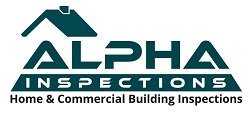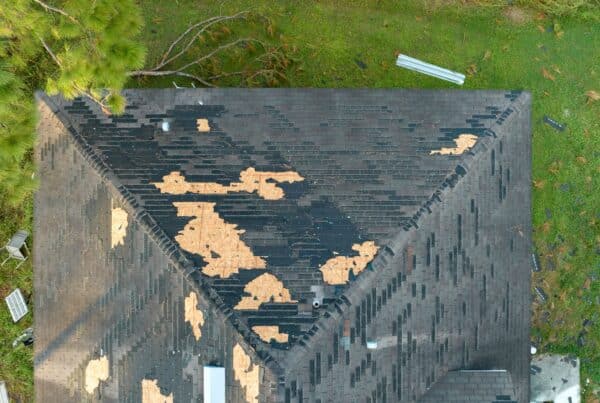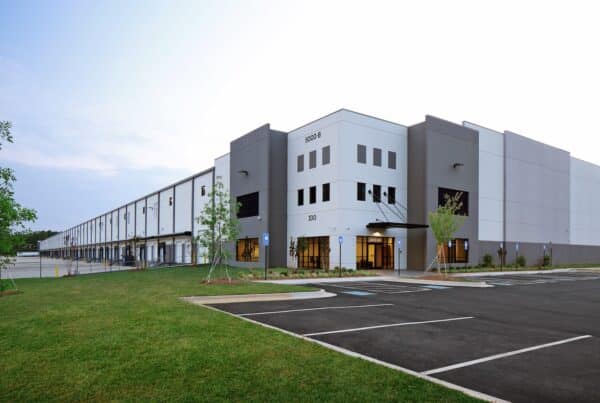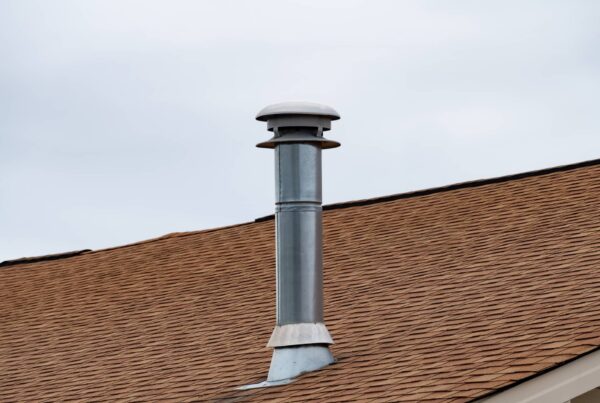
Maintaining the structural integrity of your home involves paying attention to even the smallest details – the roof eave is a prime example. This essential part of a roof system plays a significant role in longevity.
In this article, we’ll come to understand the importance of roof eaves and provide practical tips for keeping them in top condition. Whether you’re a homeowner looking to improve your upkeep routine or just curious about roof maintenance, this guide has you covered.
What is a Roof Eave?
Essentially, a roof eave is the edge of the roof that extends beyond the exterior walls of your house. This extension serves multiple purposes, primarily involving protection and ventilation. Key components of a roof eave include:
- Soffit: The underside of the eave, often ventilated to allow air circulation into the attic, helping to regulate temperature and moisture.
- Fascia: The vertical finishing edge connected to the ends of the rafters or trusses, supporting the gutters and giving the roof a polished appearance.
- Drip Edge: A metal flashing installed along the edges to direct water away from the fascia and into the gutters, preventing water damage to your home’s structure.
When they work together, these elements work to safeguard your home and ensure proper ventilation.

The Function and Importance of Roof Eaves
Roof eaves are crucial for several reasons. Firstly, they provide essential protection from the elements. Extending beyond the walls, eaves help shield the exterior of your home from rain, snow, and sun, preventing water from running down the siding and causing damage or leaks.
When it comes to water management, roof eaves play a significant role. They direct rainwater into the gutters, which prevents it from pooling around the foundation of your home. This reduces the risk of basement flooding, soil erosion, and structural damage.
Ventilation is another critical function of roof eaves. The soffit vents allow air to flow into the attic, regulating temperature and moisture levels. Proper ventilation helps prevent ice dams in the winter and reduces heat buildup in the summer, thereby extending the lifespan of your roof.
Also, roof eaves contribute to the aesthetic appeal of your home. They provide a clean, finished look to the roofline and can be styled to match your house.
Common Issues with Roof Eaves
Roof eaves, while essential, can encounter a variety of problems if not properly maintained. Typical issues include:
- Clogging: Leaves, twigs, and other debris can accumulate in the eaves, leading to blockages. This can cause water to back up and overflow, potentially damaging the roof and walls.
- Pest Damage: Birds, insects, and rodents often find eaves a convenient place to nest, which can lead to damage over time.
- Water Damage: Improper drainage or clogged gutters can cause water to seep into the fascia and soffit, leading to rot and structural issues.

Recommended Maintenance
To ensure they stay functional, clean your eaves and gutters at least twice a year, ideally in the spring and fall.
Make sure to equip yourself! For instance, you might start with a sturdy ladder, work gloves, a garden hose, a gutter scoop, and a brush. Start by removing debris such as leaves and twigs with the gutter scoop. Then, flush out any remaining dirt with the garden hose to ensure proper drainage.
- Inspect for Damage: Regularly check the soffit and fascia for signs of wear and tear. Visible signs could be things like peeling paint, cracks, or water damage.
- Check Attic Ventilation: Ensure your attic has proper ventilation to complement the soffit vents. Good airflow helps regulate temperature and moisture levels, preventing ice dams in the winter and reducing heat buildup in the summer.
- Gutter Maintenance: Equally important, keep your gutters clean and free of debris to prevent water from overflowing and damaging your roof eaves. Consider installing gutter guards to minimize debris accumulation.
- Seasonal Maintenance: Lastly, perform seasonal checks and maintenance tasks. In the fall, clear fallen leaves and prepare your roof for winter. Similarly, in the spring, inspect for any damage caused by winter weather and make necessary repairs.
When to Call a Professional
You should seek a professional if you notice extensive damage. For example, this can look like large areas of peeling paint, significant water stains, or sagging eaves. These signs may indicate underlying problems that require specialized expertise to fix properly.
Additionally, if you encounter pest infestations or suspect hidden damage, a professional inspection is crucial. Experts can accurately diagnose the extent of the issue and provide effective solutions. For complex repairs or if your roof is difficult to access safely, hiring a professional ensures the job is done correctly and safely.
Conclusion
Maintaining your roof eaves is essential for protecting your home and ensuring its longevity. Regular cleaning, inspections, and timely repairs can prevent common issues like clogging, pest damage, and water damage. If you notice significant damage or need professional assistance, it’s best to call in the experts.
At Alpha Building Inspections, we specialize in comprehensive home inspections, including a thorough evaluation of your roof eaves. When homeowners in NH, MA, and ME, need an expert, reach out to schedule an inspection today.



